Knee health is key to staying active, independent, and living a good life. But for many people, knee care often only becomes a priority when pain or other issues show up.
You might not notice it right away, but the first signs of knee wear and tear can show up in your thirties. Things like a dull ache when the weather changes, stiffness when you wake up, or hesitation when kneeling or squatting.
While these symptoms might seem like just part of getting older, they’re actually early warning signs of bigger changes happening in the joint. Osteoarthritis is one of the top causes of disability worldwide, with knee joints being the most commonly affected. After back pain, knee pain is the next most common issue for older adults, making it harder to move around and do everyday tasks.
The problem with knee damage is that it often happens gradually, and by the time it gets bad enough to see a doctor, a lot of cartilage may already be worn down. This “silent damage” is exactly why it’s so important to take action before things get worse.
This guide highlights how strengthening the muscles around the knee, understanding how our body moves, and making small lifestyle changes can help delay (or even prevent) serious knee conditions like osteoarthritis.
Contents
- 1 The Knee: A Marvel of Engineering Under Constant Stress
- 2 Why Your Hips and Core Dictate Your Knee’s Fate
- 3 5 Simple Knee Strengthening Exercises
- 4 Personalizing Your Program: Progression and Regression Made Easy
- 5 Beyond Exercise: Lifestyle Tips for Stronger Knees
- 6 When to See a Doctor: Understanding Knee Pain Signals
- 7 Your Plan for Pain-Free Knees
The Knee: A Marvel of Engineering Under Constant Stress
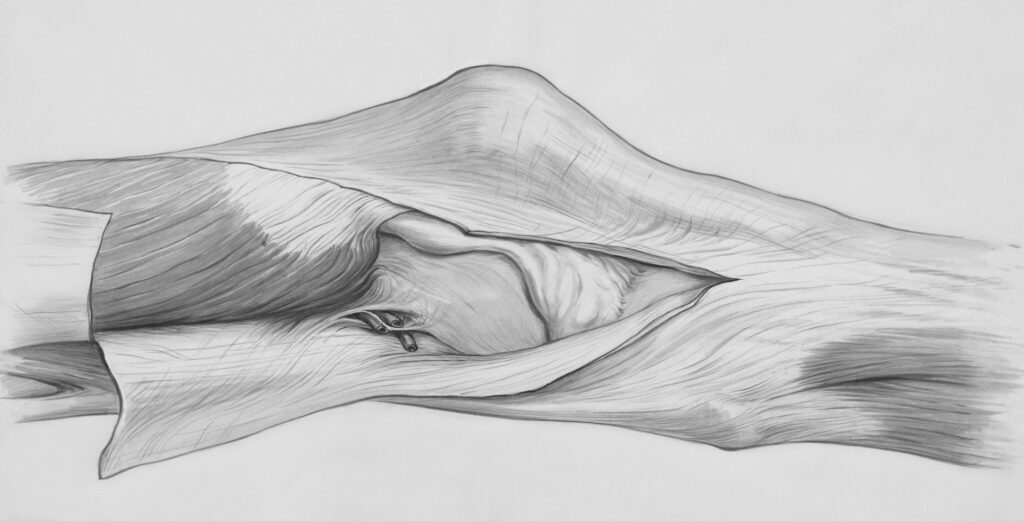
The knee is the biggest and one of the most complicated joints in our body. It’s made up of bones, cartilage, ligaments, and fluids, all working together to handle huge amounts of pressure. Whether you’re standing, walking, running, or jumping, your knees are at the center of it all.
But because of how it’s built and the heavy loads it carries, the knee is also more prone to injury and wear over time.
The Bony Framework and Biomechanical Load
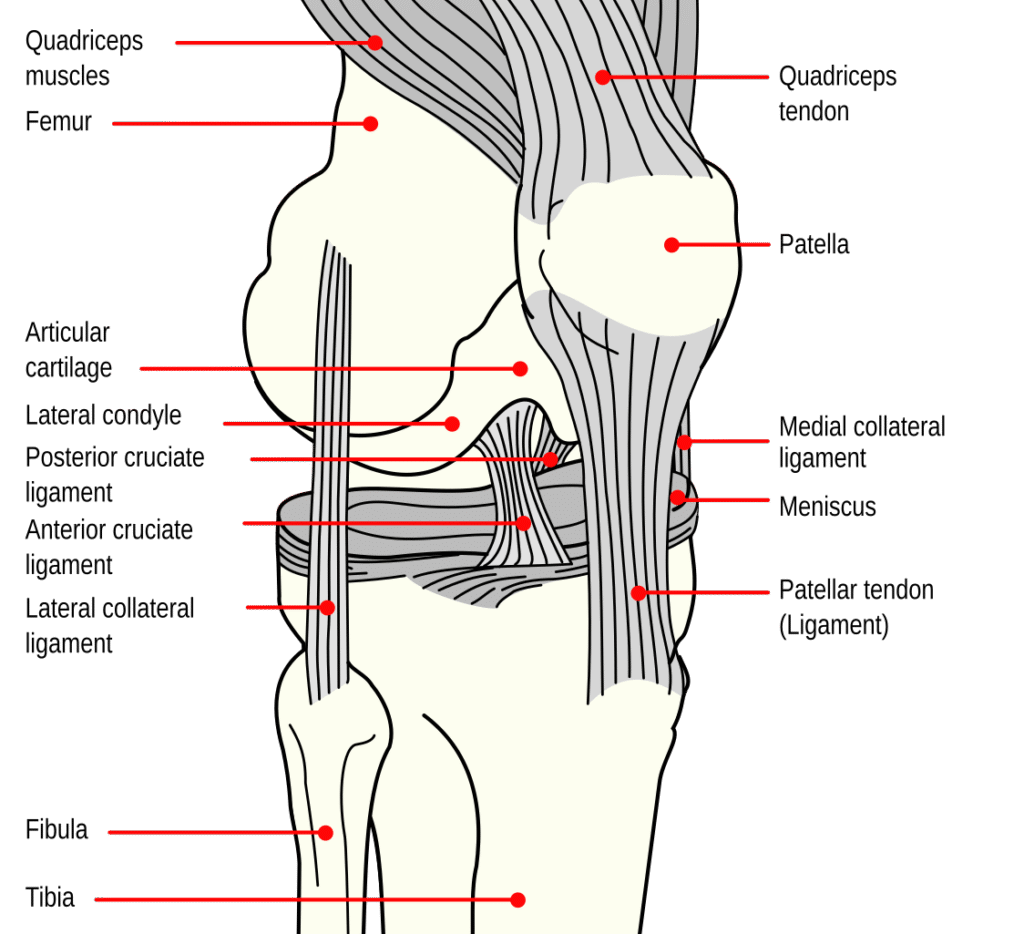
Your knee is basically a hinge joint made up of three bones: the femur (thigh bone), tibia (shin bone), and the patella (kneecap).
The main joint, called the tibiofemoral joint, is where the rounded ends of the femur meet the flat top of the tibia. The patella moves in a groove on the femur, making up another joint called the patellofemoral joint.
Every day, your knees deal with huge amounts of force. Just walking puts pressure on your knees that’s about 1.5 times your body weight. When you’re doing more intense activities like climbing stairs or running, that force can jump to three to seven times your body weight.
This constant pressure is one of the main reasons the knee joint can wear down over time.
Also Read: Harvard Research Says This Is the Best Way to Stay Fit After 60 (Not Treadmills or Swimming)
The Protective Systems: Cartilage and Synovial Fluid
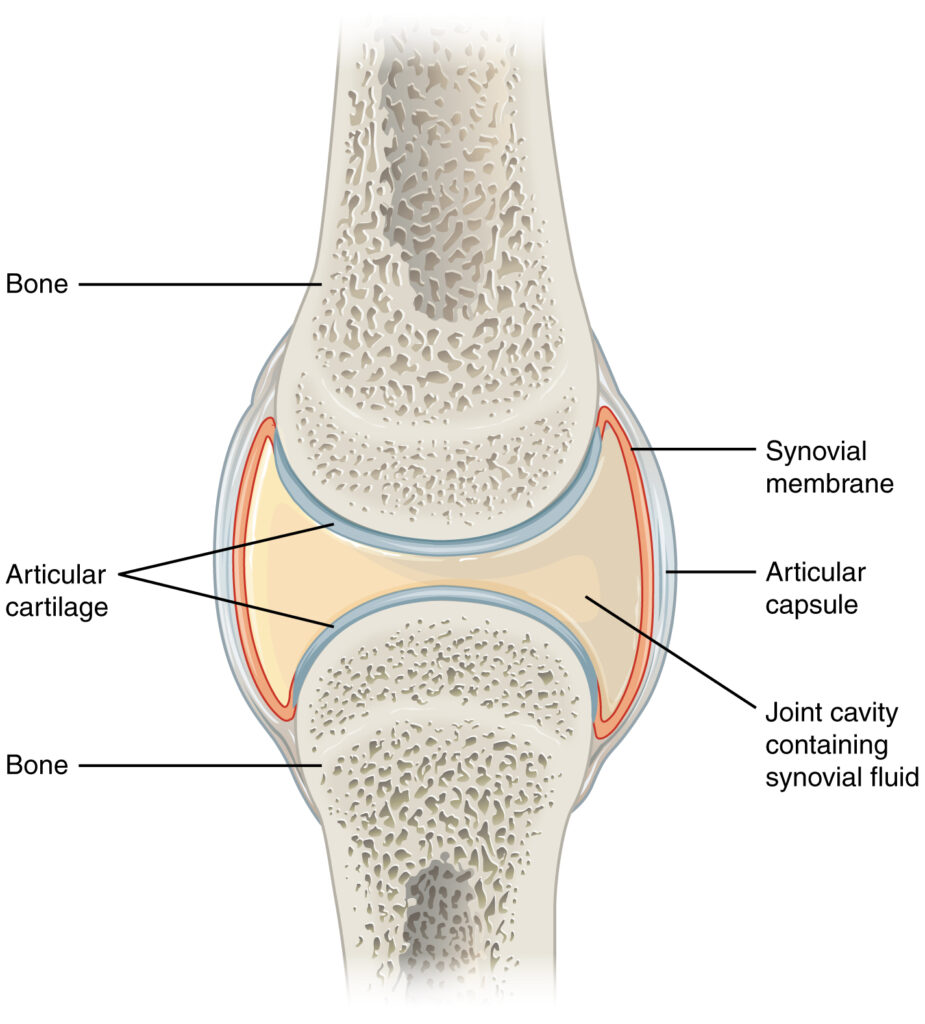
The knee has some pretty impressive ways of protecting itself from all that pressure. The ends of the femur, tibia, and the underside of the patella are covered with a smooth, elastic layer of cartilage called articular cartilage. This cartilage is key because it lets the bones slide against each other with almost no friction, while also acting as a shock absorber.
There are also two crescent-shaped pads called the menisci between the femur and tibia. These tough, fibrous pads help absorb shock and spread out the forces across the joint. They also make the knee more stable by improving the fit between the curved femur and the flat tibia.
The problem with these protective tissues is that they don’t heal well once they’re damaged. Because they don’t get much blood flow, injuries can become permanent and get worse over time.
The knee joint is surrounded by a special membrane called the synovium, which produces synovial fluid, kind of like the motor oil for your knee. This thick fluid helps lubricate the joint, absorb shock, and, most importantly, supply the cartilage with nutrients like oxygen and glucose, since cartilage doesn’t get blood flow. When you move your knee, it helps pump this fluid into the joint, keeping everything healthy and running smoothly.
However, when your knee hurts, the instinct is to move less to avoid pain. But this can make things worse. Less movement means less synovial fluid circulating, which means the cartilage doesn’t get the nutrients it needs. This can lead to faster cartilage breakdown and more pain, which makes you want to move even less. It’s a tough cycle.
That’s why staying active in the right way is so important, especially if you have conditions like osteoarthritis.
Read: 5 Easy Morning Exercises That Keeps Men Young and Fit After 45
The Stabilizing Ligaments
The knee gets its strength and stability from four main ligaments: strong, rope-like bands of tissue that connect your bones. On the sides of the knee, there are two collateral ligaments. The medial collateral ligament (MCL) keeps the inner side stable, while the lateral collateral ligament (LCL) does the same for the outer side, both stopping the knee from moving too far sideways.
Inside the knee, there are two more ligaments that cross each other in an “X” shape. The anterior cruciate ligament (ACL) is in front and stops the tibia (shin bone) from sliding too far forward, while the posterior cruciate ligament (PCL) is at the back and prevents the tibia from moving backward. Together, these ligaments provide the knee with the stability it needs to move properly and handle pressure.
Why Your Hips and Core Dictate Your Knee’s Fate
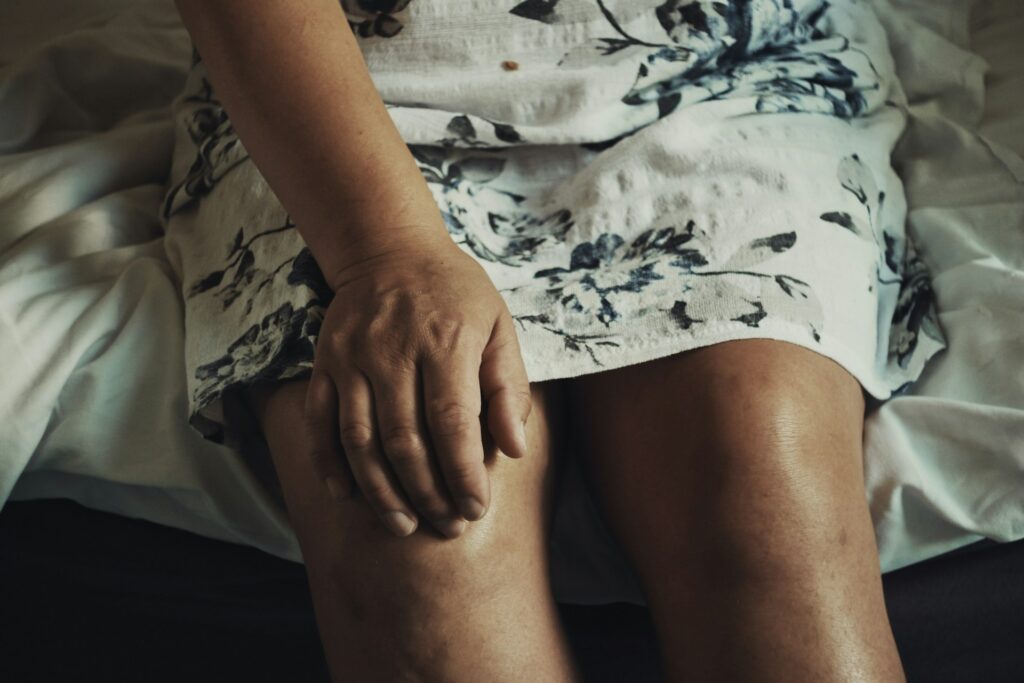
Your knee doesn’t work alone. It’s part of a bigger system called the kinetic chain, where all the body’s movements and forces are connected. This includes everything from your feet and ankles up to your knees, hips, and core. If something isn’t working right in one part of the chain, it can affect the others.
Often, the knee ends up bearing the brunt of problems that start elsewhere, especially if your hips or core are weak.
Muscles That Keep Your Knee Stable
Your knee stays stable during movement thanks to the muscles around it. There are four main muscle groups that play a big role in knee health:
Quadriceps: These four muscles in the front of your thigh help straighten the knee. Strong quads act like shock absorbers and help control the patella (kneecap), reducing stress on the joint.
Hamstrings: The three muscles at the back of your thigh help bend the knee. They work with the quadriceps, so if these muscles aren’t balanced in strength, it can lead to knee instability, especially putting strain on ligaments like the ACL.
Glutes: Your butt muscles are key for controlling hip movement and keeping your pelvis stable. Without strong glutes, your hips won’t work right, which affects how your knee moves.
Calf Muscles: The muscles in your lower leg also help stabilize things from the ground up, sending forces up the body to the knee.
When these muscles don’t work together, it puts more stress on the knee’s passive parts, like cartilage and ligaments, which can lead to pain and quicker wear and tear.
Why the Glutes and Core Are Key
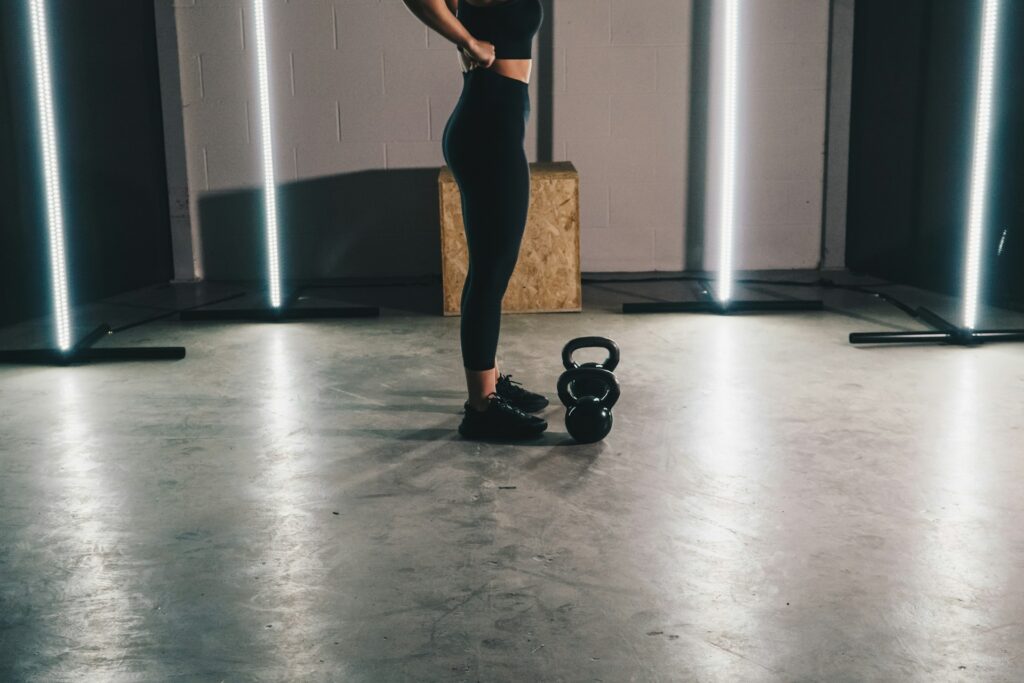
While all the muscles around your knee are important, the glutes and core play a surprisingly big role. The hip is a ball-and-socket joint, made for complex movement and stability, while the knee is more of a simple hinge joint, mainly for bending and straightening.
If your glutes aren’t strong, they can’t properly control the femur (thigh bone), which can make your knee collapse inward, a movement called “knee valgus” or “valgus collapse.” This puts extra strain on your knee, especially on the ligaments and cartilage, and can lead to pain.
Weak glutes are now linked to knee problems like osteoarthritis, because when the hips aren’t doing their job, the knee takes the hit. Your core muscles, which stretch from your chest to your knees, also help stabilize everything. If your core is weak, it can cause an unstable pelvis, changing the way your legs move and adding extra stress on the knee.
This is why focusing only on knee pain isn’t enough. To fix chronic knee pain, you’ve got to address the hips and core. That’s why exercises like squats and sit-to-stands, which engage both your glutes and core, are key for knee health.
Also See: Studies Show You Must Wash Your Hands After Touching These 10 Everyday Things
5 Simple Knee Strengthening Exercises
If you want to keep your knees healthy and reduce pain, exercise is the way to go. These five basic moves, recommended by experts, target the muscles that support your knee. They don’t require any special equipment and can be done right at home.
The goal is to spend about 15 minutes a day, three to four times a week, on these exercises. If you’re just starting out, try doing two sets of 10 reps for each one.
A. Step-Ups
Step-ups are a great way to build strength in your quads and hamstrings, which are key to knee health. They’re easy on the joints but really effective. How to do it:
- Stand in front of a low, sturdy step or a bottom stair.
- Step up with your right foot, making sure your knee is aligned over your ankle.
- Push through your right heel to lift your body up, straightening your leg. Bring your left foot up to meet your right.
- Step back down slowly, leading with your left foot, then the right.
- Alternate which foot leads each time.
B. Squats
Squats work your quads and glutes: two muscle groups that help absorb impact and take pressure off your knees. Plus, squats help with balance and can even improve bone health! How to do it:
- Stand with your feet shoulder-width apart and toes pointing slightly outward.
- Engage your core and keep your chest up. Start by pushing your hips back like you’re about to sit in a chair.
- Lower your body, keeping your weight in your heels and your knees in line with your toes. Don’t let your knees collapse inward.
- Go as low as comfortable, ideally until your thighs are parallel to the ground.
- Push through your heels to stand back up, squeezing your glutes at the top.
C. Straight Leg Raises
This exercise isolates your quads without putting much stress on the knee itself, making it great for people with knee pain or in rehab. How to do it:
- Lie down on your back with a firm surface. Bend your left knee and place your foot flat on the floor.
- Keep your right leg straight and tighten the muscles in your thigh (this is the most important part).
- Lift your right leg about 6 to 12 inches off the floor, keeping it straight.
- Hold for 3 to 5 seconds, then slowly lower it back down.
- Repeat on the other leg.
D. Calf Raises
Strong calves help balance out the muscles around your knee and absorb impact before it reaches your knee. How to do it:
- Stand with your feet shoulder-width apart, toes pointing forward. Hold onto something for balance.
- Slowly raise your heels off the floor, pushing up onto the balls of your feet as high as you comfortably can.
- Hold for a second, feeling the calf muscles contract.
- Slowly lower your heels back down.
E. Sit-to-Stands (Getting Up From a Chair)
This simple movement helps strengthen your core, which is super important for knee health. Plus, it makes daily activities like getting up from a chair a lot easier. How to do it:
- Sit on the edge of a sturdy chair with your feet flat on the floor, hip-width apart.
- Cross your arms over your chest or place them on your hips to avoid using them for help.
- Lean slightly forward over your knees, keeping your back straight.
- Press through your heels and stand up straight, engaging your glutes and quads.
- To sit back down, push your hips back first, and lower your body slowly, avoiding any fast or jerky movements.
Personalizing Your Program: Progression and Regression Made Easy
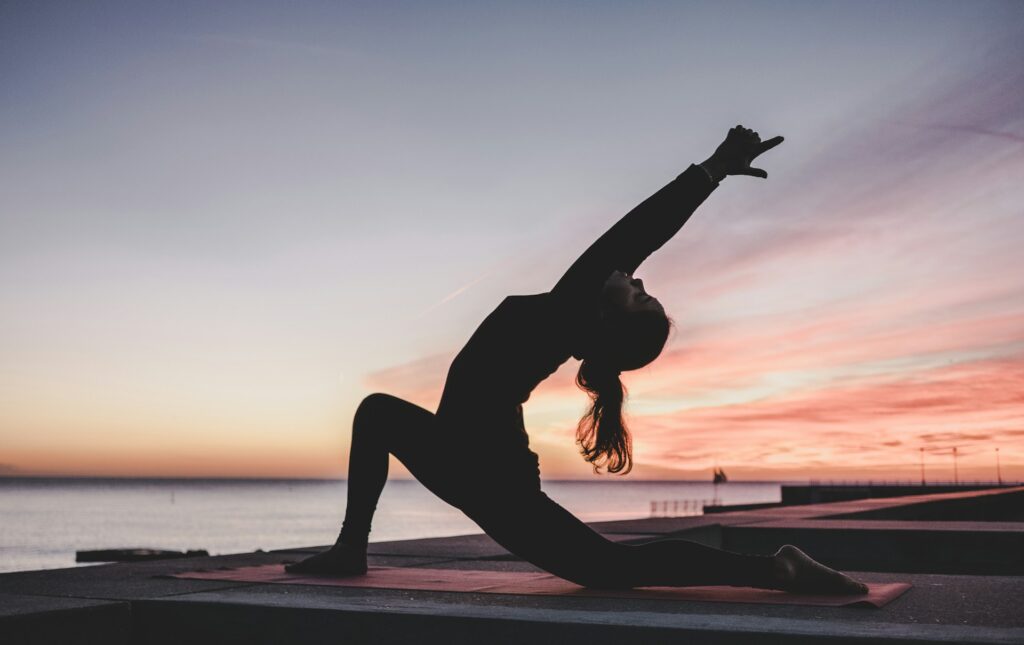
For any exercise routine to work, it has to match your current fitness level, strength, and pain tolerance. That’s where the progression/regression model comes in. This method lets you adjust exercises to keep them challenging but still safe.
Regression: This makes an exercise easier, so if you’re a beginner or dealing with pain, you can still do the move correctly and build strength without hurting yourself.
Progression: This makes an exercise harder as you get stronger, helping you continue to grow and improve.
This approach is great because it takes away the “all or nothing” mindset. It gives everyone a clear starting point and a path to get better over time. By mastering the easier version of an exercise first, you build confidence, nail down the proper form, and reduce the risk of setbacks. This is key for sticking with your routine in the long run.
The following guide gives specific progressions and regressions for the five knee-strengthening exercises, so you can customize your program to fit where you’re at, no matter your level.
Exercise
Make it Easier (Regression)
Make it Harder (Progression)
Step-Up
Use a lower step (e.g., 3-5 inches). Hold onto a wall or railing for balance and support.
Increase the height of the step. Hold dumbbells in each hand. Add an explosive knee drive with the non-working leg at the top of the movement.
Squat
Decrease the depth of the squat (partial squat). Squat down to a chair or box for a physical target and support (Box Squat). Lightly hold onto a countertop for balance.
Increase the depth (thighs past parallel, if form is perfect). Add a 2-3 second pause at the bottom of the squat. Hold a weight at chest level (Goblet Squat). Progress to single-leg variations like Bulgarian Split Squats.
Straight Leg Raise
Reduce the height of the lift to just a few inches. Do not hold the leg at the top; simply lift and lower with control.
Add a light ankle weight (start with 1-2 pounds). Perform the exercise from a seated position on a chair, which increases the range of motion and gravitational demand.
Calf Raise
Perform with both feet on a flat, stable surface. Keep hands on a wall or chair for full support throughout the movement.
Perform on one leg at a time. Stand on the edge of a step to allow the heel to drop lower, increasing the range of motion. Hold a dumbbell in one hand for added resistance.
Sit-to-Stand
Use a higher chair or place a firm cushion on the seat to reduce the distance traveled. Use hands to lightly push off the armrests or thighs for assistance.
Use a lower chair. Cross arms over the chest to eliminate any assistance. Hold a weight at chest level. Progress to slowing the descent (eccentric lowering) on one leg, or performing a full single-leg sit-to-stand.
Beyond Exercise: Lifestyle Tips for Stronger Knees
While strengthening exercises are key to knee health, they work even better when you support them with smart daily habits. The stress on your knees comes from more than just working out; it’s influenced by things like weight, the shoes you wear, and how you stand or sit throughout the day.
Read: Do These 5 Things Every Morning After 50 and Lose Fat Faster (They Beat the Gym Every Time)
Weight Management: The Key to Knee Protection

Keeping a healthy weight is one of the most important things you can do to protect your knees. For every extra pound you carry, your knees experience an additional four pounds of pressure when you walk or climb stairs.
This extra load speeds up wear and tear on the cartilage in your knee, which can lead to osteoarthritis. Even losing just 10% of your body weight can reduce knee pain, inflammation and improve mobility.
But it’s not just the mechanical pressure. Extra fat tissue produces inflammatory proteins that can speed up joint damage. So, losing weight not only reduces the load on your knees but also helps reduce inflammation in your body, giving your knees a double benefit.
Proper Footwear: Support Starts from the Ground Up

Your shoes are the foundation for your entire body, affecting how the force from walking travels up to your knees and hips. Shoes that don’t support your feet well, have bad cushioning, or have high heels can mess with your posture and put unnecessary stress on your knees. High heels, for example, push your center of gravity forward, increasing pressure on your knee joint.
Look for shoes with a low or flat heel, good arch support, and plenty of cushioning to absorb impact. Make sure they fit well and are flexible enough to move naturally with your feet, but stable enough to prevent side-to-side movement.
Postural Awareness: Stand and Sit for Long-Term Health
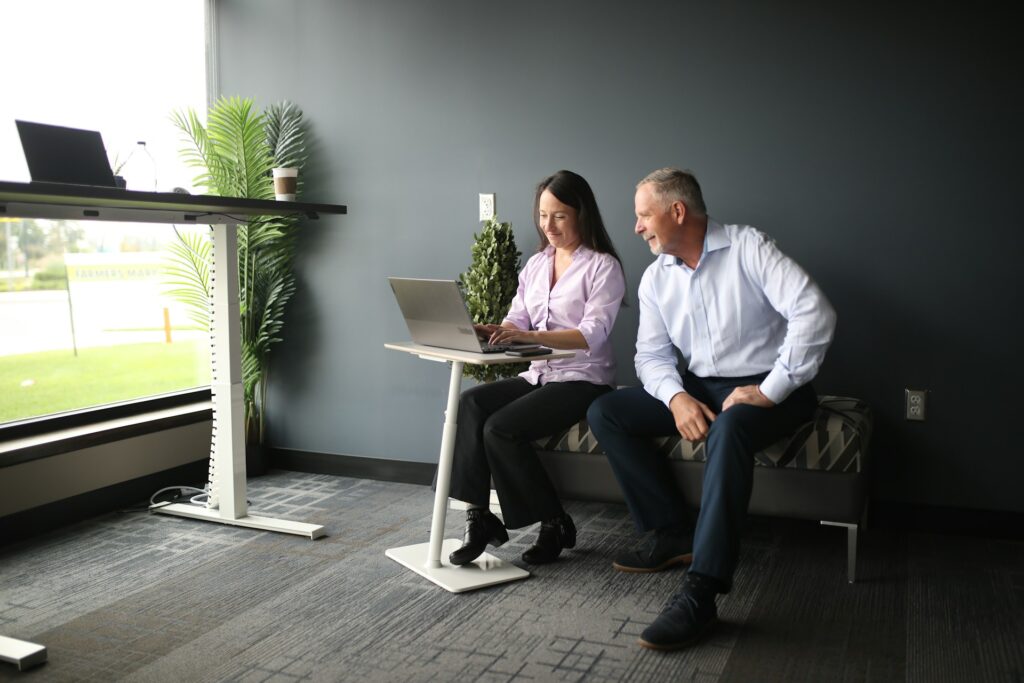
Bad posture, whether standing or sitting, can mess with your body’s alignment, making your knees work harder than they should. Slouching or leaning causes your knee-supporting muscles to become inefficient, leading to more stress on your joints. Over time, this can contribute to knee pain and cartilage wear.
To protect your knees, practice good posture. When standing, keep your shoulders back, head level, and abs engaged. When sitting, support your back, keep your feet flat on the floor, and make sure your knees are level or slightly lower than your hips.
Read: Trainer Says If You’ve Only Got 30 Minutes, These 7 Moves Can Give You a Complete Full-Body Workout
When to See a Doctor: Understanding Knee Pain Signals
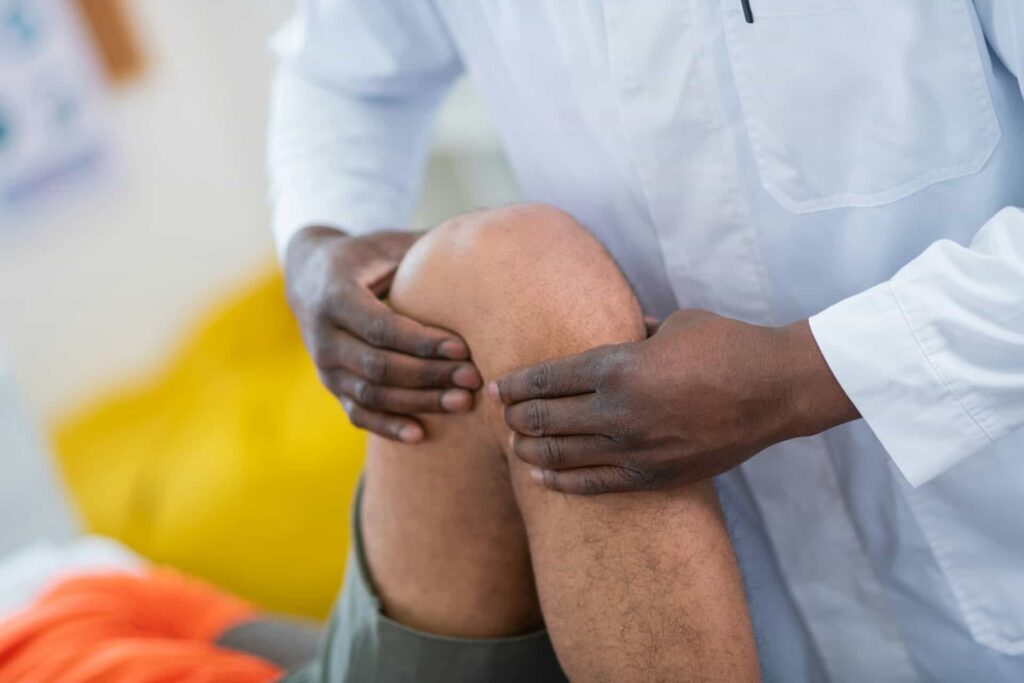
Exercising and making lifestyle changes can do wonders for preventing and managing knee pain. But sometimes, these self-care efforts just aren’t enough, especially if you’ve had an injury or are dealing with serious, ongoing symptoms.
Normal Muscle Soreness vs. Joint Pain
After a workout, it’s normal to feel some muscle soreness or fatigue around the knee, especially in muscles like your quadriceps or hamstrings. This is called delayed onset muscle soreness (DOMS), and it typically shows up a day or two after exercise.
But if you feel sharp, stabbing, or grinding pain in your knee joint itself during or right after exercise, that’s a red flag. Worsening pain in the joint isn’t normal and means it’s time to stop and consider seeing a doctor. Here are some guidelines to help you figure out when you need professional help:
When to Seek Immediate Care (Urgent Care or ER)
You should get medical attention right away if your knee pain is from a major injury and you notice any of these:
- If your knee looks bent, misshapen, or out of place.
- If you hear or feel a popping sound when the injury happens, this could mean something like an ACL tear.
- If your knee can’t support your weight or feels like it’s going to give out.
- If the pain is sharp and you can’t manage it with basic self-care.
- If your knee swells up quickly after an injury.
When to Schedule a Doctor’s Appointment
If your knee pain is more persistent or complicated, make an appointment with your doctor. You should see a physician if you experience:
- If pain and stiffness last for weeks despite rest and home care.
- If your knee locks, catches, gives way, or clicks painfully (a little clicking is normal, but pain isn’t).
- If your knee is red, warm, or tender, especially with fever or other signs of illness, it could be an infection like septic arthritis, which needs immediate treatment.
- If chronic pain is affecting your ability to go about your daily activities or disrupting your sleep.
Your Plan for Pain-Free Knees
Knee health is within your control and can be achieved through proactive steps. The key to pain-free movement lies in understanding knee anatomy, strengthening the entire kinetic chain, and adopting healthy lifestyle habits.
The knee is a remarkable joint, but vulnerable to lifetime stress. It depends on strong muscles, especially the quadriceps, hamstrings, calves, and often-overlooked glutes and core. Weakness in these areas forces the knee to bear excessive stress, leading to pain and degeneration.
The five foundational exercises (step-ups, squats, straight leg raises, calf raises, and sit-to-stands) strengthen the muscles that protect the knee, promoting overall lower body health.
Equally important are daily habits. Maintaining a healthy weight reduces joint stress and inflammation. Proper footwear and good posture support knee function, creating conditions for long-term joint health.
Ultimately, knee health is about taking small, consistent actions: strengthen your muscles, manage your weight, and listen to your body. By doing so, you’ll protect your knees and improve your quality of life for years to come.
As the saying goes, “Be kind to your knees. You’ll miss them when they’re gone.”